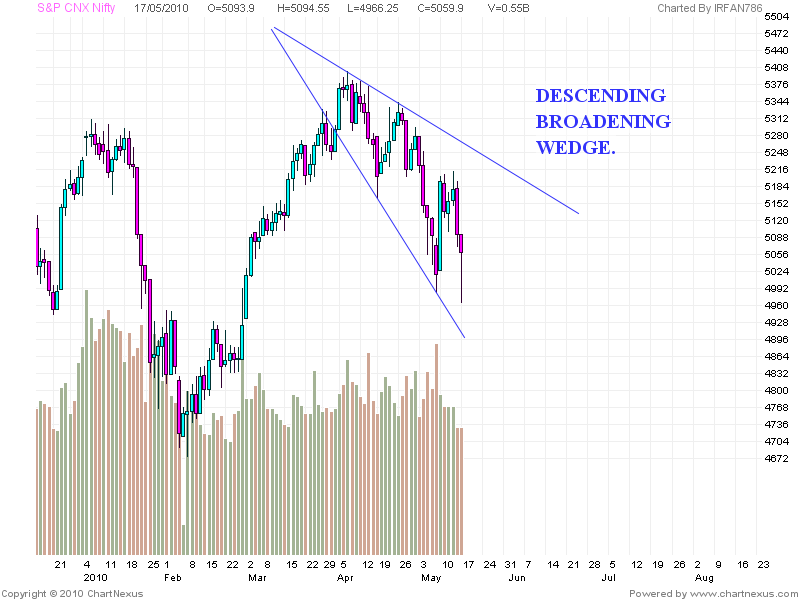

The Falling Wedge in the downtrend indicates a reversal to an uptrend. It gives traders opportunities to take buy positions or average their position in the market. It is formed when the prices are making Lower Highs and Lower Lows compared to the previous price movements. Traders also use channels to identify potential buy and sell. This pattern, while sloping downward, signals a likely trend reversal or. Key Takeaways Trading channels can be drawn on charts to help see uptrends and downtrends in a stock, commodity, ETF, or forex pair. The Falling Wedge in the Uptrend indicates the continuation of an uptrend. The Falling Wedge is a bullish pattern that suggests potential upward price movement. This results in the breaking of the prices from the upper trend line.ĭepending upon the location of the falling wedges its indicates whether the trend will continue or reverse: Falling Wedges in Uptrend: What is a Falling Wedge Pattern?Ī falling wedge is formed by two converging trend lines when the stock’s prices have been falling for a certain period.īefore the line converges the buyers come into the market and as the result, the decline in prices begins to lose its momentum.

It gives traders opportunities to average or take short positions in the market. Learn to Identify Trend Reversals with Candlesticks in just 2 hours by Market Experts

It is formed when the prices are making Higher Highs and Higher Lows compared to the previous price movements. The Rising Wedge in the downtrend indicates a continuation of the previous trend. It gives traders opportunities to take short positions in the market. The rising wedge in an uptrend indicates reversal to the downtrend. This results in the breaking of the prices from the upper or the lower trend lines but usually, the prices break out in the opposite direction from the trend line.ĭepending upon the location of the rising wedges it indicates whether the trend will continue or reverse: Rising Wedges in Uptrend:
DESCENDING WEDGE BREAKOUT PRICE TARGET HOW TO
Let us discuss about these two types of wedges and how to trade with them: What is a Rising Wedge Pattern?Ī rising wedge is formed by two converging trend lines when the stock’s prices have been rising for a certain period.īefore the line converges the sellers come into the market and as the result, the prices lose their momentum. Table of Contentsįormation of the Rising and Falling Wedge Pattern Rising Wedges form after an uptrend and indicate bearish reversal and Falling Wedges forms after a downtrend indicate a bullish reversal. Wedges can be Rising Wedges or Falling wedges depending upon the trend in which they are formed. Wedges are the type of continuation as well as the reversal chart patterns. A wedge pattern is a type of chart pattern that is formed by converging two trend lines


 0 kommentar(er)
0 kommentar(er)
